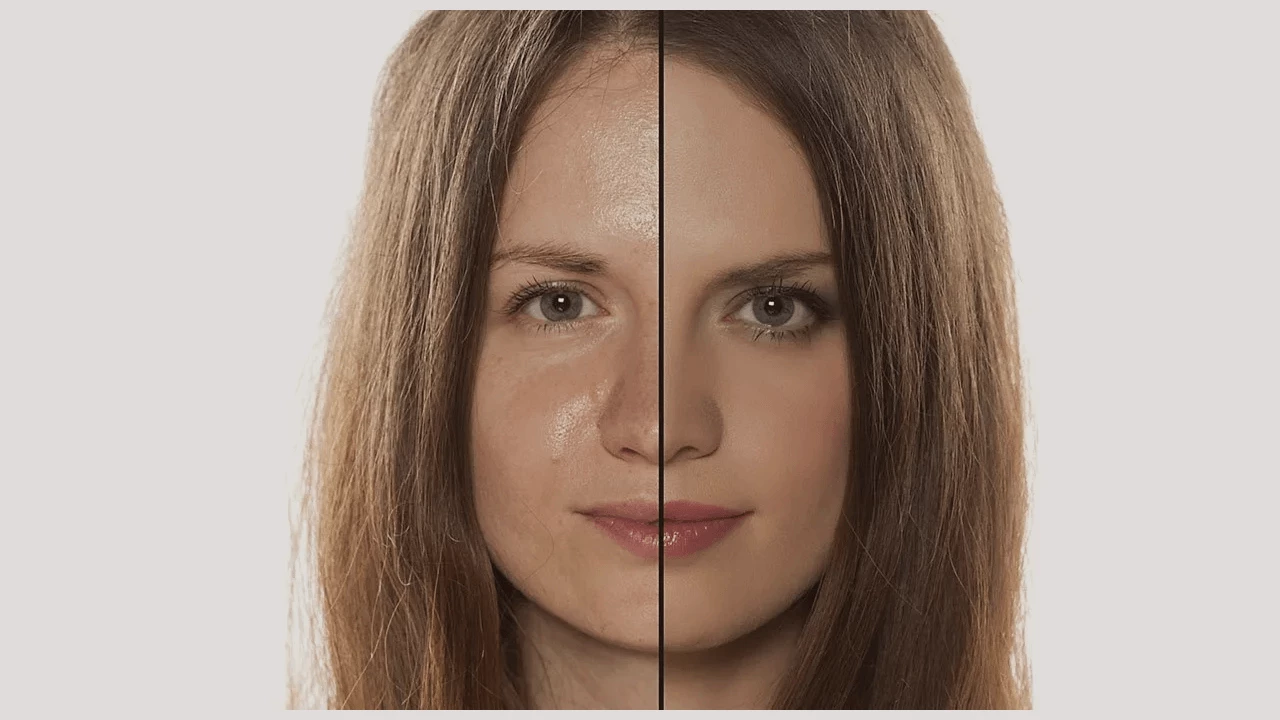
When it comes to skincare, every individual has their own unique skin type, and it can be challenging to understand which type of skincare routine is best suited for your skin. Two of the most common skin types are glass skin and oily skin.
What Is Glass Skin?
"Glass skin" is a beauty trend that originated in Korea and has been gaining popularity worldwide. It is a unique skin type that appears to be poreless, luminous, and translucent, resembling the smooth and clear texture of glass. Achieving glass skin requires a strict and consistent skincare regimen that involves deep cleansing, exfoliating, toning, and moisturizing to keep the skin hydrated, soft, and supple.
The key is to minimize the appearance of pores by removing excess oil and sebum and maintaining a healthy pH balance. This beauty trend has become increasingly popular due to its ability to create a flawless and radiant complexion that looks natural and healthy. While it takes dedication and effort to achieve glass skin, the results are worth it, leaving you with a glowing and youthful appearance.
What Is Oily Skin?
Oily skin is a skin type that is characterized by the overproduction of sebum, a natural oil that helps to keep the skin moisturized and healthy. However, when the sebaceous glands in the skin produce an excessive amount of sebum, it can lead to a shiny appearance on the skin, clogged pores, and breakouts.
Oily skin requires special care to keep it healthy and free from breakouts. It's essential to use products that are specifically designed for oily skin types, such as oil-free moisturizers and cleansers. It's also recommended to avoid using harsh products that can strip the skin of its natural oils, as this can cause the sebaceous glands to produce even more sebum. Additionally, maintaining a healthy diet, staying hydrated, and avoiding stress can help to regulate sebum production and keep oily skin under control.
What's The Difference?
Oily skin and glass skin are two different types of skin that require distinct skincare approaches. To help you understand the differences between the two, here are some details to keep in mind:
- Oily skin produces excessive sebum, while glass skin appears to be poreless, luminous, and translucent with a healthy glow.
- Oily skin can lead to clogged pores and breakouts, while glass skin is smooth and blemish-free.
- To achieve glass skin, you need to follow a strict skincare routine that focuses on hydrating the skin and minimizing the appearance of pores.
Here are some steps that can help you achieve glass skin:
- Cleanse your skin twice a day with a gentle jelly cleanser to remove impurities and excess oil.
- Exfoliate your skin twice a week to remove dead skin cells and unclog pores.
- Apply toner to balance the pH of your skin and minimize the appearance of pores.
- Use a serum to hydrate your skin and promote cell renewal.
- Apply a moisturizer to seal in moisture and protect your skin from environmental damage.
- Finish with a facial mist to add a luminous glow to your skin.
How To Determine Your Skin Type?
It's essential to identify your skin type before deciding on a skincare routine. To determine whether you have oily skin or glass skin, you can follow these simple steps:
- Wash your face with a gentle cleanser and pat dry.
- Wait for an hour without applying any skincare products.
- After an hour, examine your skin in a well-lit area.
- If your skin appears shiny and greasy, you likely have oily skin.
- If your skin appears poreless, luminous, and translucent, you likely have glass skin.
Conclusion
In conclusion, understanding your skin type is essential when it comes to skincare. Oily skin and glass skin are two of the most common skin types, and while they might appear similar, they have significant differences. By understanding your skin type, you can create a skincare routine that is best suited for your skin and achieve a healthy, glowing complexion.













.webp)


